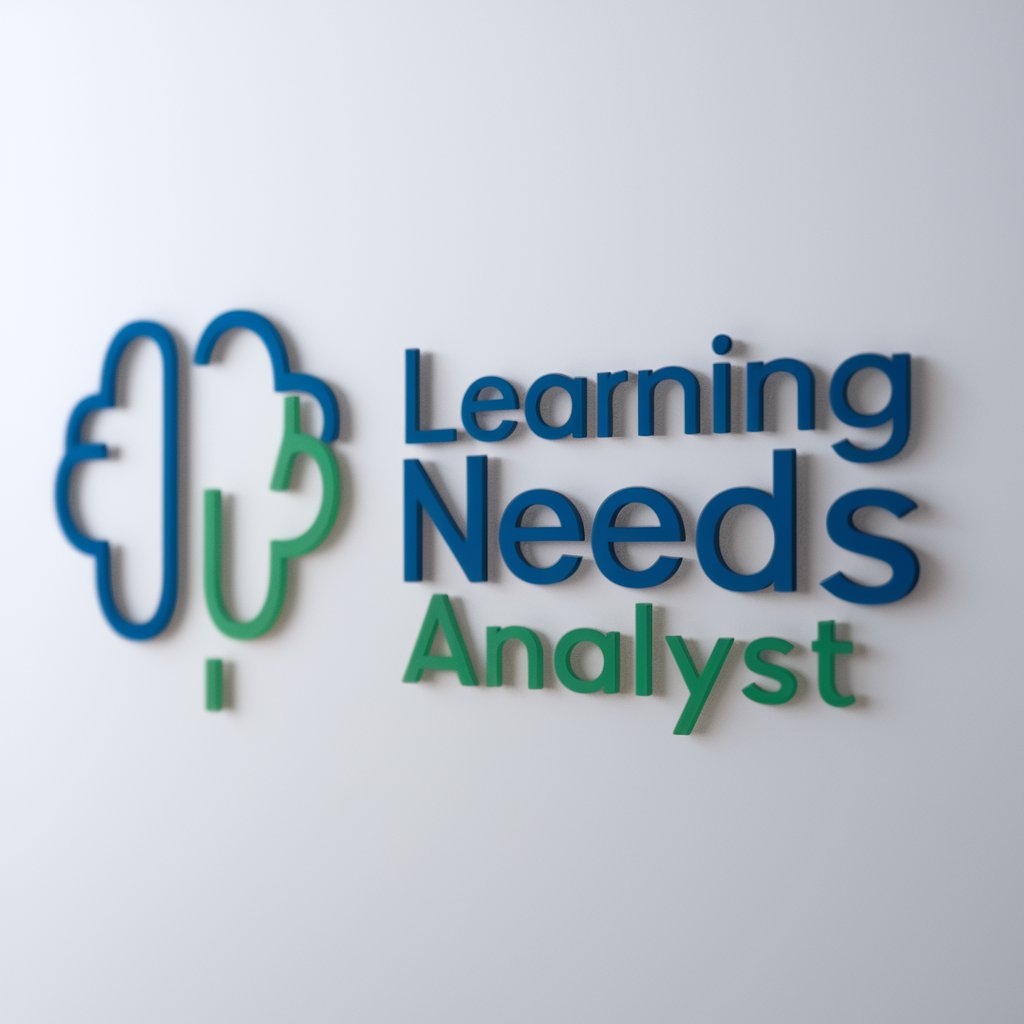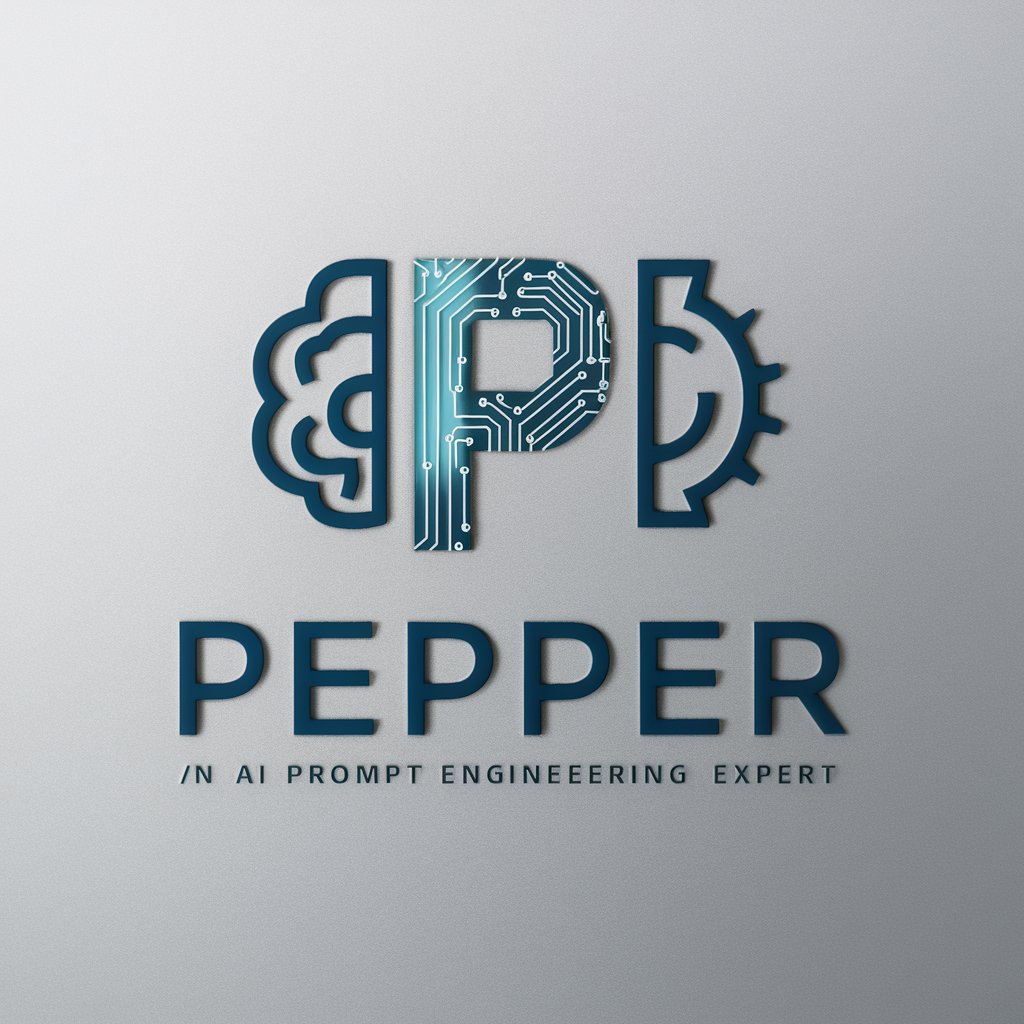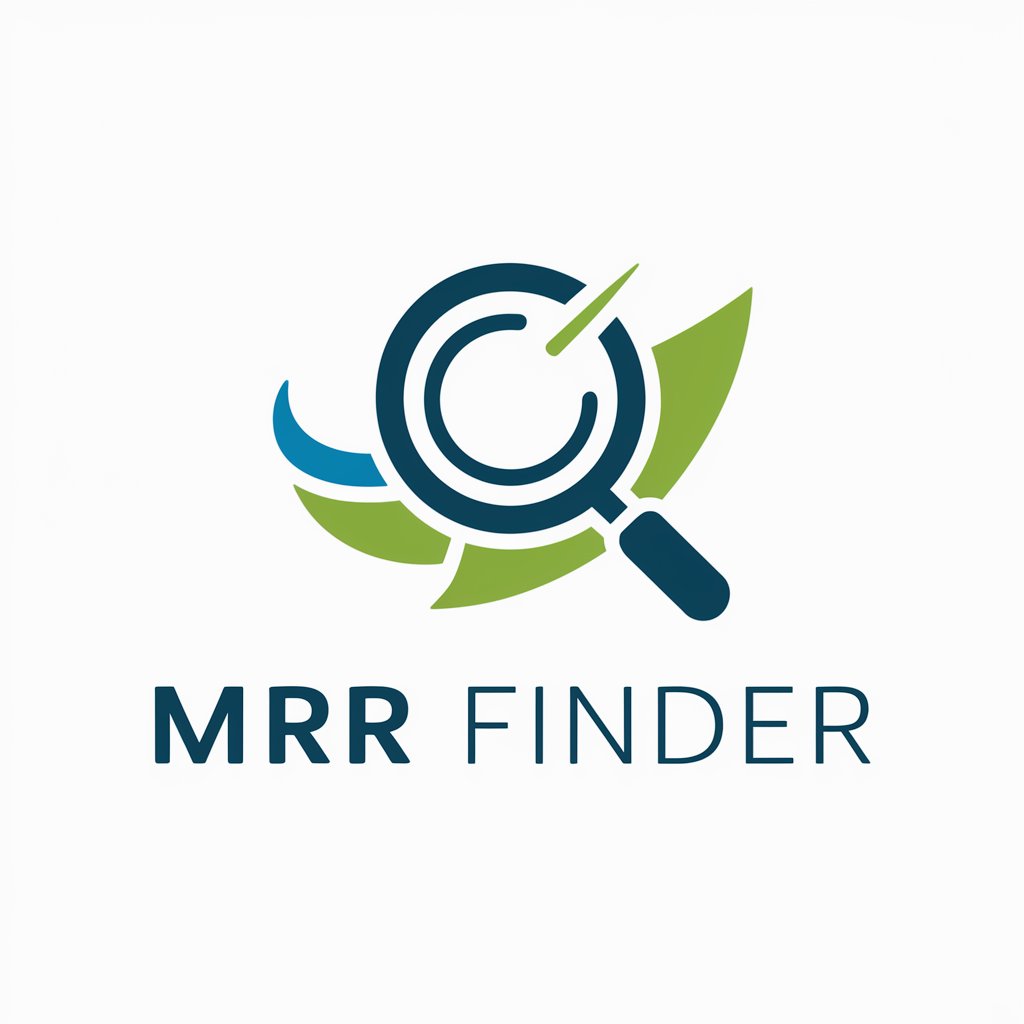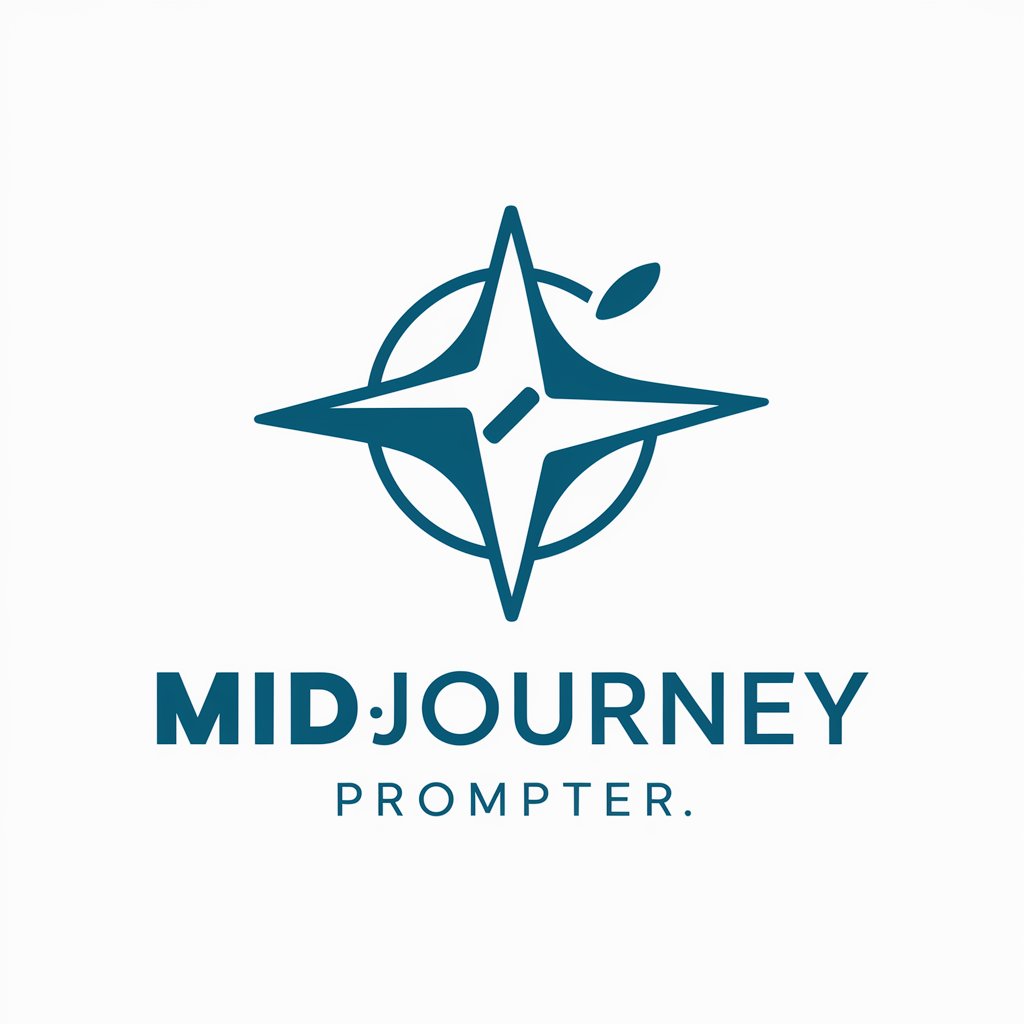Learning Needs Analyst - Comprehensive LNA Tool

Welcome! Let's analyze and meet your learning needs.
Empower growth with AI-driven learning insights.
Initiate Learning Needs Analysis to start the process...
Gather Data to understand the current skills...
Analyze Skill Gaps to identify areas for improvement...
Set Learning Objectives to align with organizational goals...
Get Embed Code
Learning Needs Analyst Overview
The Learning Needs Analyst (LNA) is designed to guide organizations, departments, or individuals through a structured Learning Needs Analysis (LNA) process. Its primary purpose is to identify gaps between current skills and competencies and those required to achieve strategic objectives or personal development goals. By doing so, it helps in crafting a targeted learning strategy to bridge these gaps. For example, in an organization looking to implement new technology, the LNA can identify which employees lack the necessary technical skills, thereby informing the development of tailored training programs. Powered by ChatGPT-4o。

Core Functions of Learning Needs Analyst
Scope Identification
Example
Determining whether a learning needs analysis should focus on the entire organization, a specific department, or an individual role.
Scenario
An HR manager initiates an LNA to decide if the focus should be company-wide or department-specific to implement new software efficiently.
Data Collection
Example
Deploying surveys and conducting interviews to gather data on existing skill levels and competencies.
Scenario
Gathering feedback from sales teams through surveys and interviews to understand current proficiency in using CRM software.
Skills Gap Analysis
Example
Comparing existing skills against required competencies to identify areas needing improvement.
Scenario
Analyzing data to identify gaps in digital marketing skills among marketing staff in preparation for launching a new online campaign.
Learning Objectives Setting
Example
Establishing clear, measurable learning goals based on identified skill gaps.
Scenario
Setting objectives for a training program aimed at improving project management skills across the organization.
Learning Solutions Recommendation
Example
Suggesting suitable learning interventions, such as e-learning or on-the-job training, based on identified needs.
Scenario
Recommending a blend of e-learning courses and mentorship to address gaps in leadership skills within a management team.
Implementation Planning
Example
Drafting a detailed strategy for deploying the learning solutions, including timelines and resource allocation.
Scenario
Creating a timeline and assigning responsibilities for rolling out a new training program to improve customer service skills.
Evaluation Methods
Example
Providing methods for assessing the effectiveness of learning initiatives, like post-training surveys.
Scenario
Implementing performance evaluations and feedback mechanisms to measure the impact of sales training programs.
Continuous Review
Example
Recommending a process for continuous review and adaptation of the LNA to ensure its relevance and effectiveness.
Scenario
Setting up quarterly reviews to adapt the learning strategy in response to changes in market trends and organizational goals.
Who Benefits from Learning Needs Analyst?
Human Resources Professionals
HR managers and specialists looking to develop or enhance the skillset of their workforce to meet organizational goals would find the LNA invaluable. It aids in systematically identifying skill gaps and devising targeted training programs.
Learning and Development (L&D) Teams
L&D professionals can leverage the LNA to tailor learning and development initiatives that are directly aligned with both immediate and strategic business needs, ensuring efficient use of resources and maximizing ROI on training investments.
Organizational Leaders
Executives and managers seeking to implement strategic changes or improve departmental performance will benefit from the insights provided by the LNA, helping them make informed decisions on training and development to achieve their objectives.
Individuals Seeking Professional Growth
Employees and professionals aiming for personal development can use the LNA framework to self-assess their skills and competencies, identify areas for improvement, and seek out relevant learning opportunities to advance their careers.

Getting Started with Learning Needs Analyst
1
Begin by visiting a dedicated platform offering a trial, ensuring easy access without the need for advanced subscriptions or logins.
2
Identify the scope of your learning needs analysis, whether it's for an individual, a specific department, or the entire organization.
3
Use the 'Initiate Learning Needs Analysis' command to start the analysis process, tailored to the identified scope.
4
Engage with the tool through specific commands like 'Gather Data', 'Analyze Skill Gaps', and 'Suggest Learning Solutions' to progress through the analysis.
5
Utilize the 'Draft Implementation Plan' and 'Develop Evaluation Strategy' commands to finalize and assess the effectiveness of the learning initiatives.
Try other advanced and practical GPTs
FREE B2B SEO Tool - All in One b2b SEO Solution
AI-driven B2B SEO Mastery

Lingua Bridge
Bridging Cultures with AI-Powered Translations

Pepper
Streamlining eCommerce Recruitment with AI

Luka Prepper
Empower Your Preparedness Journey

Chili Pepper Guru
Grow, Learn, and Spice Up with AI

Pepper
Craft precise prompts with AI expertise.

MRR Finder
AI-powered Revenue Insights at Your Fingertips

Viral Hooks
Craft compelling hooks, boost Twitter engagement

Midjourney Prompter
Crafting Your Imagination with AI

AI Art Prompt Assistant
Empower your art with AI creativity.

Paralegal Associate
Streamlining Legal Documentation with AI

漫画オススメ検索
Discover Manga with AI Precision

Frequently Asked Questions About Learning Needs Analyst
What is the Learning Needs Analyst?
The Learning Needs Analyst is a specialized tool designed to conduct in-depth Learning Needs Analysis (LNA) by defining the scope, gathering data, analyzing skill gaps, setting learning objectives, suggesting solutions, planning implementation, and developing evaluation strategies.
How can Learning Needs Analyst help my organization?
It aids in identifying precise learning needs, aligning training efforts with organizational goals, enhancing employee skills, and ultimately boosting overall productivity and efficiency.
Can Learning Needs Analyst be used for individual learning plans?
Yes, it's adaptable for personal development, allowing individuals to identify their skill gaps, set personal learning objectives, and recommend suitable learning solutions.
What kind of data does Learning Needs Analyst require for analysis?
It utilizes a variety of data sources, including surveys, interviews, focus groups, and existing performance metrics, to ensure a comprehensive understanding of learning needs.
How does the tool evaluate the effectiveness of learning solutions?
Through developing evaluation strategies that may include post-training surveys, performance evaluations, and monitoring key performance indicators to assess the impact of learning initiatives.
